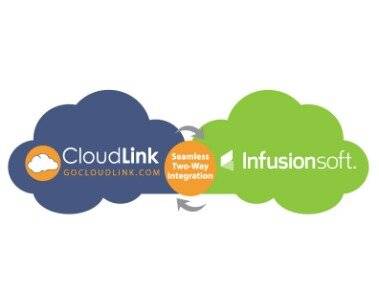The value of tax shields is NOT equal to the present value of tax shields
Content

There are three primary methods to calculate operating cash flow. One could use the bottom-up approach, top-down method, or the tax shield approach. Three different ways to calculate OCF are the top-down, bottom-up, and tax shield approaches. The top-down and bottom-up approaches rely on information in the income statement. No matter which approach is used, the resulting OCF should be the same.
Is tax shield a cash flow?
It is a way to save cash flows and increase the value of a firm. This strategy can increase the value of a business since it reduces the tax liability that would otherwise reduce the value of the entity's assets. They are a path to save cash outflows and appreciate the value of a firm.
Financial effect is the product of debt and a difference between the cost of equity and the cost of debt, it is discounted at the cost of equity. Last component of the business value is positive if the required return on equity is higher than the cost of debt and vice versa. Discount rates are a key input to investment appraisals, asset valuations, profitability assessments and the setting of regulated revenue allowances. A depreciation tax shield is one of the measures through which tax is to be reduced. It is inversely related with the tax payments higher the depreciation tax shield lower will be the depreciation.
Tax Shields for Depreciation
When these bonds mature, new bonds will be re-issued, and so on in perpetuity. Chapter focuses on the identification and analysis of selected methods for measuring the value of tax shield with an emphasis on the interest tax shield. In Section 2, we define the tax shield and review the main tax shield valuation models.

They examined the Tax Shield In Cash Flow Analysis structure in 25 countries from different regions. It should be noted that according to their study listed companies that prefer equity financing instead of long-term debt financing. Large companies are more diversified and default risk is reduced as a result of higher leverage.
Risk-adjusted discount rates extensions form the average-risk case
According to one version of the discounted cash flow valuation model, the intrinsic value of a company is the present value of all future expected free cash flows. In this case, the present value is computed by discounting the free cash flows at the company’s weighted average cost of capital . Use the below information to value a mature levered company with growing annual perpetual cash flows and a constant debt-to-assets ratio. The next cash flow will be generated in one year from now, so a perpetuity can be used to value this firm. The firm’s debt funding comprises annual fixed coupon bonds that all have the same seniority and coupon rate.
- The relevant concepts are well covered in basic corporate-finance texts.
- This is because we are interested in longer-term yields as we also forecast the free cash flow for the long term.
- Note that the reduced interest below the market could come from some kind of gift from God or other subsidy.
- In a typical beta estimation process, where the same formula is applied to the de-levering and re-levering steps, the differences between formulas will be smaller than in our example.
- Once free cash flow is calculated, it can then be used in the DCF formula.


Leave a Reply